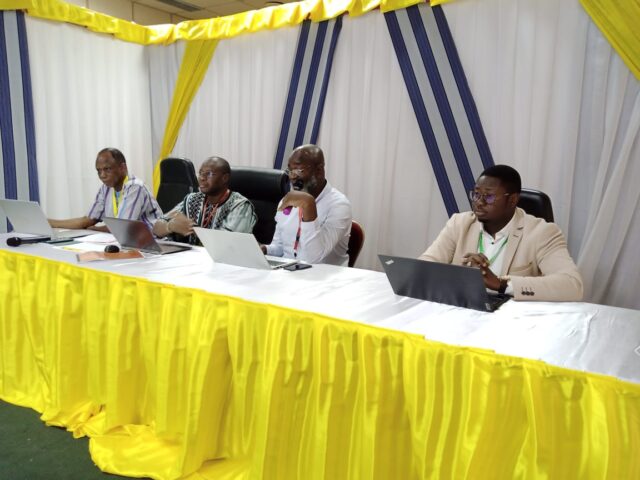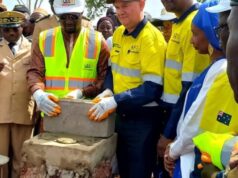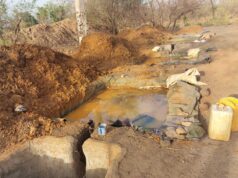The 5th West African Mining Week (Semaine des Activités minières de l’Afrique de l’Ouest – SAMAO), which began on 28 September 2023, is in full swing in the capital of Burkina Faso. The 2,000 players in the mining sector are examining strategies to impact the development of local economies. To this end, the issue of rehabilitating mining sites was discussed during the presentations on 29 September 2023.
Dr Aboubacar Sako, lecturer and researcher at the University of Dédougou, gave an overview of the challenges and prospects for the rehabilitation of industrial mining sites in Burkina Faso. According to him, mines are installations with multiple negative impacts on people and the environment. He pointed out that the mining industry is “a source of revenue for the national economy and an environmental and health problem”. That said, mining offers both strengths and weaknesses. As strengths, Dr Aboubacar Sako cited the application of the “polluter pays” principle, the existence of a legal framework and the use of accredited expertise for environmental assessments. As for the weaknesses, Mr Sako deplored the non-binding and coercive nature of the use of an accredited expert for environmental assessments and the failure to take account of environmental liabilities. Aboubacar Sako pointed out that the impact of the mining industry is a short-term activity (7 to 10 years) whose effects persist for a long time. When it is carried out in forested areas, “it is a factor in deforestation. Mining activities involve various stages, each of which has a specific environmental impact”, he explained.
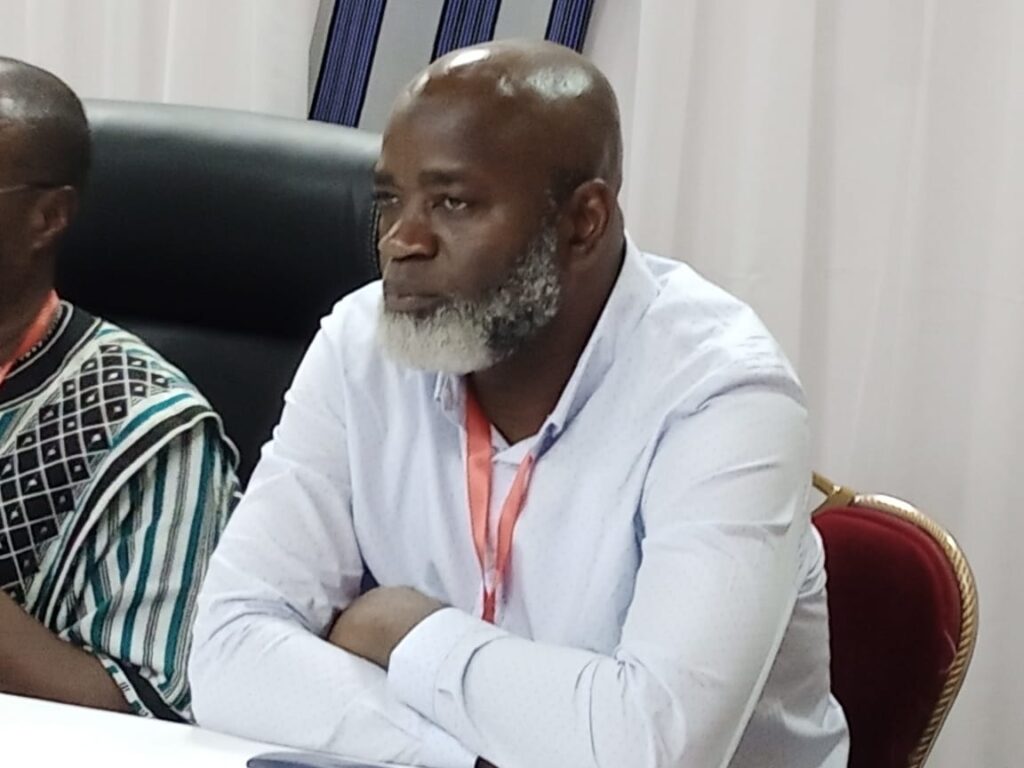
As far as rehabilitation is concerned, the academic confided that when mining operations cease, the mining installations and the site are rehabilitated and closed. “The aim of the rehabilitation and closure plan for a mining site must always be to return the site to a condition that is as similar as possible to the pre-mining condition. The mines that are famous for their immense environmental impacts most often produced these impacts only during the closure phase, when mining operations had ceased. These impacts can persist for decades and even centuries”, he points out. Consequently, he reveals that it is imperative for every mining project to include “a detailed discussion of the rehabilitation and closure plan proposed by the mining project promoter”.
For Tidiane Zougouri, former Director General of the National Environmental Assessment Agency (Agence nationale des évaluations environnementales – ANEVE), rehabilitation is part of the life cycle of a mine, which is a maximum of 10 years. Tidiane Zougouri gave a presentation on standards and best practice guides for the rehabilitation and closure of mining sites. According to him, under Burkina Faso’s regulations, the mining operator is required to produce the following document: “A Mine Rehabilitation and Closure Plan (Plan de réhabilitation et de fermeture de la mine – PRF) comprising : The project’s administrative, legal and financial references, and references to the ESIA/PGES”.
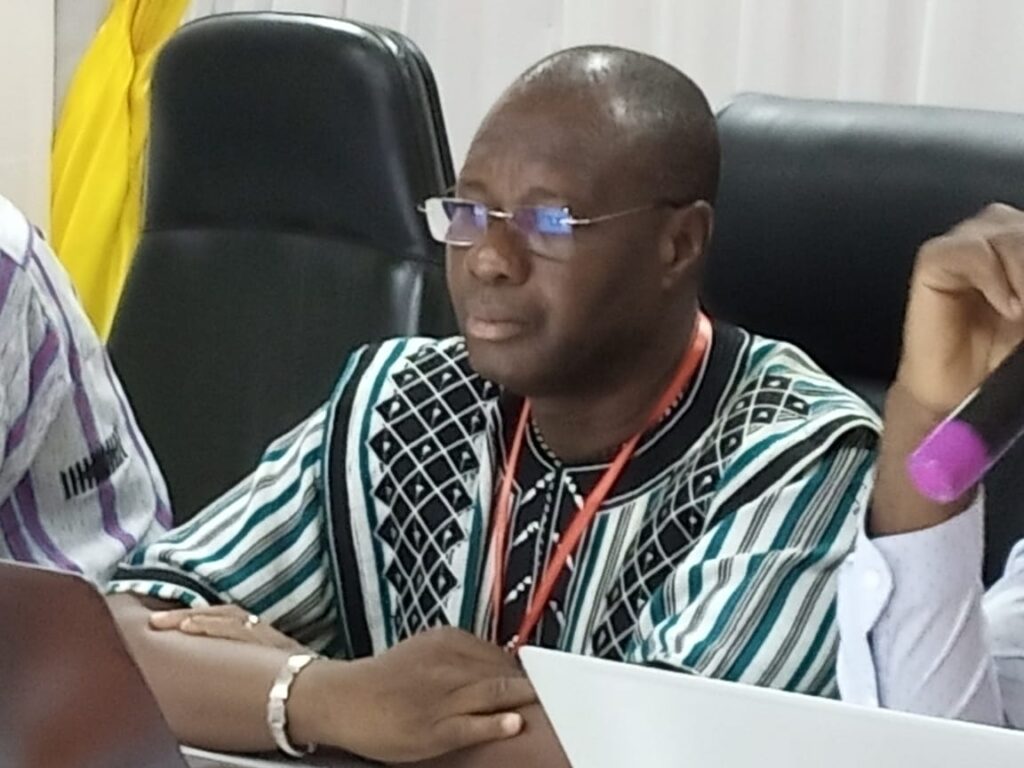
According to his explanations, the progressive rehabilitation of mines offers many advantages to the mining operator, and also enables the technical services and bodies responsible for environmental control to monitor in real time the effectiveness of the mitigation measures put in place.
But Tidiane Zougouri deplored the fact that the closure of a mining site has negative repercussions on the human and socio-economic environment, on mine employees and local authorities, and on the community.
Case study in mine rehabilitation: SOMISA
Judicael Ouédraogo, Deputy Director of Environment and Mining Rehabilitation at West African Resources/SOMISA, gave a practical explanation of the rehabilitation of the SOMISA mine. According to him, the progressive rehabilitation over 5 years starting in 2022 is the one that has been chosen. This involves building a plant production nursery on the SOMISA site and developing mining rehabilitation skills. He focused on the 48-hectare waste rock dump. In addition, a low-nutrient oxide material will be applied to cover the battered rock and serve as a growth medium for vegetation. The cost of the earthworks and surfacing operations has been estimated at 405,028 million FCFA by Judicael Ouédraogo. For the same rehabilitation, oxide and topsoil are mixed in a 3/2 ratio. “Given that the oxidised material contains nutrients, it is enriched with topsoil rich in nutrients and organic matter for the second lining”, he explained. By 2023, out of a total of 48 ha of degraded tailings, 10 ha had been covered with topsoil and were ready to be revegetated, added Mr Ouédraogo. It should be noted that the rehabilitation of the Somisa site runs until 2027.
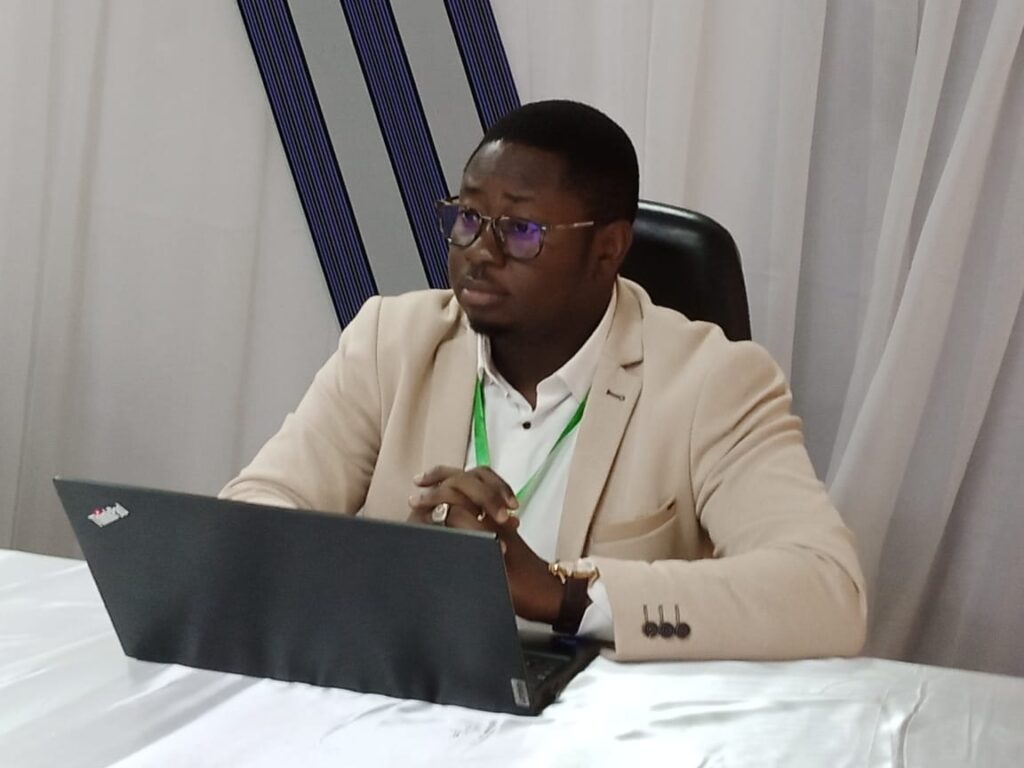
To be precise, “Mining in Africa: what strategy for impacting the development of local economies?” is the theme of the 5th edition of SAMAO.
K M
#Mines_Actu_Burkina



